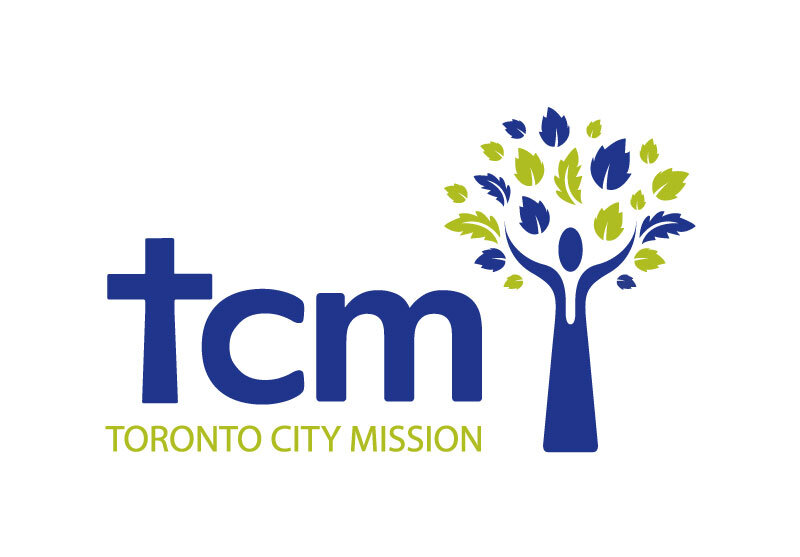By: Carmen Tan | Outreach Worker in Kingston-Galloway
We are so excited to be back in school year programs with our children and youth. Over the next few months for bible time, all our sites will be exploring and learning about God’s Character.
We were inspired by the Character of God by Tim Mackie bible study plan. Exodus 34:6-7 encourages us to reflect on one of God’s most important words to us in the Old Testament. It’s God’s description of His own character that is revealed to Moses on Mount Sinai in the book of Exodus.
“6 And he passed in front of Moses, proclaiming, “The Lord, the Lord, the compassionate and gracious God, slow to anger, abounding in love and faithfulness, 7 maintaining love to thousands, and forgiving wickedness, rebellion, and sin. Yet he does not leave the guilty unpunished; he punishes the children and their children for the sin of the parents to the third and fourth generation.” Exodus 34:6-7
As God describes Himself in Exodus 34:6-7 it doesn’t describe Him in abstract terms yet it summarizes based on His actions when He interacts with the Israelites. And as we look at it from a bigger picture, God’s character continues to be revealed throughout the Bible, in every single book. God continues to show us compassion, grace. We see how God is slow to anger, overflowing with loyal love and faithfulness.
So far at Kingston-Galloway, we have spent some time learning about God’s compassion. God is a compassionate God. He hears the cries and suffering of His people. When the Israelites were in Egypt, God heard their cry and sent Moses to help them get out.
“So I have come down to rescue them from the hand of the Egyptians and to bring them out of that land into a good and spacious land, a land flowing with milk and honey.” Exodus 3:8
When God promises us something, He never breaks it. In times when we feel like we are alone, we remind our kids God is always there. We need to go to Him.
God’s ultimate expression of compassion is Christ. Sin got in the way between us (sinners) and God. The only way for us to be together with God again was Jesus dying on the cross in our place.
As we experience God’s compassion, God also reminds us to show compassion towards others. Compassion means to be deeply moved at something you see, an intense emotion that encourages you to take action. When we are in programs, we remind the kids to be compassionate and be kind to another. Right after our bible lesson about compassion, the kids found themselves in situations where they could be kind and compassionate or mean and rude. It is always easy to say but hard to take action.
We hope that over the next few months, the children at Toronto City Mission will learn how God is not an abstract God. God is a living God, always with us, and is able to learn to identify what God’s character is like.
Come join us to learn more about God’s character through Bible Project’s study plan.













